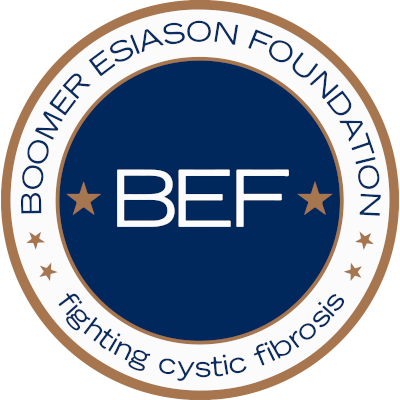A University of Texas at Austin College of Pharmacy researcher has received a $2.1 million grant to develop new techniques for drug delivery to the lungs, helping in the fight against such lung diseases as cystic fibrosis.
Dr. Hugh Smyth, assistant professor of pharmaceutics, was awarded the grant from the National Institute of Health’s National Heart, Lung and Blood Institute.
“Cystic fibrosis is one of the most common fatal inherited diseases,” said Smyth, adding that most individuals with cystic fibrosis die in their 20s and 30s from lung failure.
One of the major reasons for the poor life expectancy is the inability of treatment therapies to overcome barriers within the airways created by the disease, he said.
“The drugs cannot get to the lung cells responsible for cystic fibrosis symptoms,” Smyth said.
The gene that leads to cystic fibrosis was discovered 20 years ago, Smyth said. Researchers devised gene therapy treatment protocols that promised a cure within reach. But, secretions of a dense, sticky mucus, a symptom of the disease, create barriers that are almost impossible to break through.
“Losing patients to cystic fibrosis is especially tragic since we know what causes it and what could be effective in treating it, but we can’t break through the barriers,” he said.
Smyth’s research works to break open or “knife” through the sticky secretions so that gene therapies and drugs to treat symptoms can get to the cells. Research has shown that drugs can be pulled through the sticky secretions.
“It turns out that the sticky secretions are susceptible very small particles in a magnetic field,” Smyth said.
Researchers in the lab use magnetic fields to move extremely tiny particles called nanoparticles that are administered to the lungs. Magnetic fields, like those used in magnetic resonance imaging (MRI), are then used to basically turn the particles into nanoknives that slice through or break up the secretions. They also can pull drugs and gene therapies through the sticky secretions using magnets that are slightly stronger than refrigerator magnets.
These processes, Smyth said, will open pathways through the secretions that will permit the drugs and gene therapy to reach their target. This type of nanoparticles has proved both safe and effective in MRI imaging and Smyth feels the process holds promise for treating cystic fibrosis patients.
Findings from his studies are believed to have applicability to many other lung diseases such as tuberculosis, asthma, chronic obstructive pulmonary disease and chronic lung infections.
Source: University of Texas – Austin
